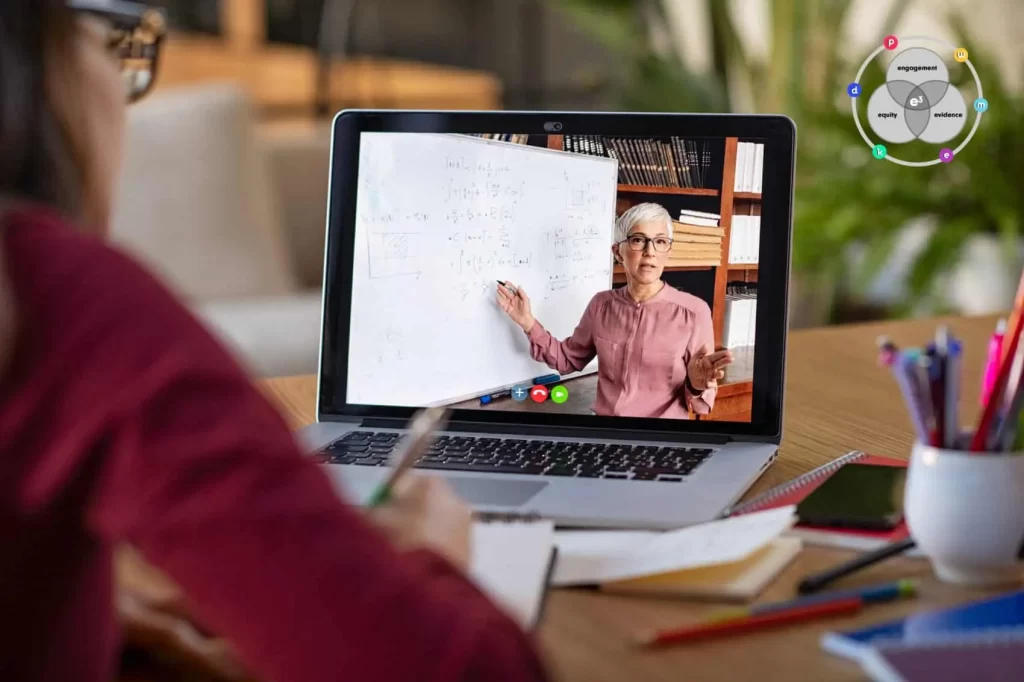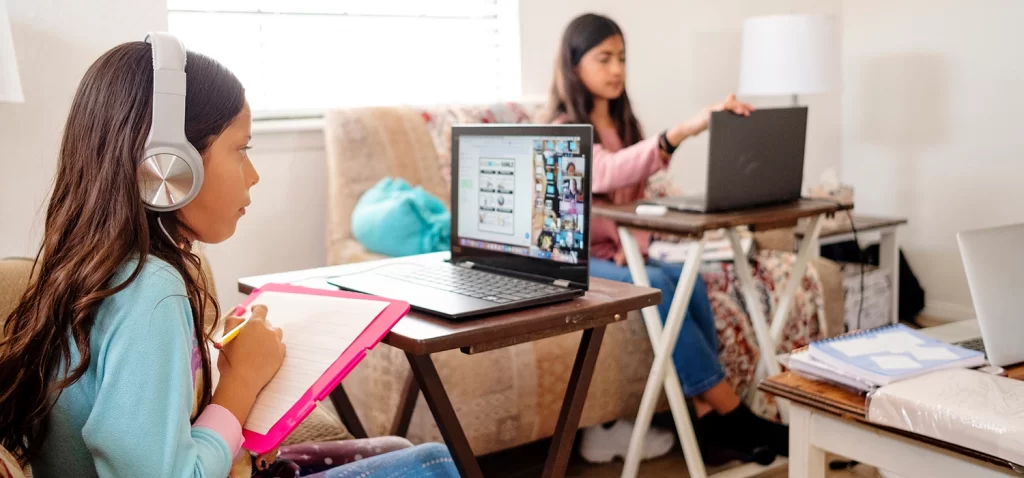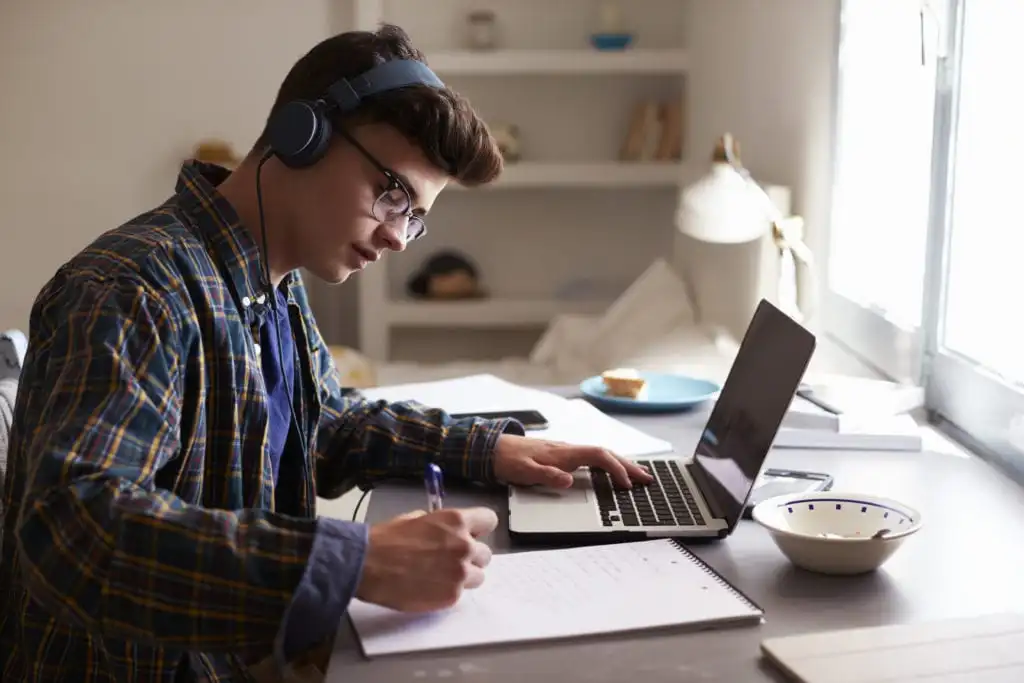List Of Contents
In today’s rapidly changing world, the global pandemic has transformed the way we live, work, and learn. As schools and educational institutions continue to grapple with the challenges of the new normal, remote education has emerged as a viable solution. This article delves into the various obstacles faced by students, teachers, and parents in the realm of remote education, and offers practical strategies for overcoming them.
Challenges of Remote Education
Lack of Face-to-Face Interaction
Another major issue with remote education is the lack of interpersonal connection. In a traditional classroom, students are open to communication with their peers and teachers, ask questions, participate in discussions, and express alternative opinions. In a remote learning situation, this connection is almost lost, and students feel isolated or disconnected. Consequently, motivation and engagement may decline.
Educators can promote interactivity by enabling discussion boards, forming virtual groups for collaborative projects, or using videoconferencing. When actively communicating, students create a sense of community and are more engaged. Teachers should also consider organizing one-on-one video meetings to address students’ individual questions. In this case, students feel more supported.

Technical Difficulties and Internet Connectivity Issues
Another important challenge of remote education is the high occurrence of technical problems and the instability of one’s internet connection. Not all students have the privilege of a stable connection or even their own computer to work on. Such a disparity results in the impossibility to participate fully and acquire knowledge or skills. It can be tackled by issuing loaners or even hotspots for students or teachers that require one.
Also, teachers could upload content with options that make it more suitable for low or poor connection – low-bandwidth versions of the videos or downloadable text to be consumed offline. Additionally, educators must be fully prepared to solve technical glitches on their own or at least offer another form of participation for learners with a poor connection – for instance, completion of the work without participation or an offer to do so asynchronously.
Time Management and Self-Discipline
Moreover, remote education puts a heavier burden on the learners to manage their time and develop discipline. Since there is no physical room that structures space, activities, and reminders, students often lose control over their lives and focus. To facilitate the process, the rights skills have to be developed. Specifically, educators must teach students to create schedules to meet upcoming deadlines, divide tasks into pieces to prevent procrastination, and take breaks to regain concentration and motivation as to prevent quick burnouts.
In addition, teachers have to encourage self-discipline on wdbos. By establishing the boundaries and consequences for crossing them, learners understand that there is someone to remind them of critical tasks and measures their progress. By promoting personal responsibility for their education, students remain hooked and may advance through the process independently.
Limited Access to Resources and Materials
As a student, accessing the necessary resources and materials is more challenging while studying remotely. For regular classroom education, students can usually use textbooks, libraries, and items of special equipment that cannot be accessed remotely.
One way to address this issue involves promoting online resources and digital materials. Both teachers and students have access to educational websites, sources, and databases with e-books and other materials. Teachers can provide students with links to these resources and suggest that they find and explore them on their own. Moreover, schools may interact with local libraries, educational institutions, and organizations to provide students with an opportunity to access digital libraries and resources from different locations.

Strategies to Overcome the Challenges of Remote Education
Setting up a Conducive Learning Environment
One of the essential factors that determine the success of remote education is creating the learning environment. Students must have a special space where they can focus and not be distracted. They need a separate room where they can study. It can also be a separate corner in the room at home.
It is also necessary to establish a daily routine and stick to boundaries. It implies the timing of classes when they need to take a break, and the time to study. When providing a strict schedule, the student receives a structured timetable and discipline their time. Another uncomfortable factor can be the uncomfortable chair on which you have to sit for a long time or very little light. Students should have a comfortable chair and good lighting to carry out their tasks.
Utilizing Technology and Online Resources Effectively
One critical aspect of learning in remote education is technology. Teachers and students need to be proficient with online learning platforms, video conferencing tools, and other digital resources. To address any technological barriers, teachers and students need to be trained and supported. Workshops can be conducted, tutorials prepared, or technical assistance services provided. When educators and students are well-versed in the virtual learning programmes, they can quickly adapt to their new surroundings.
Additionally, educators should use online resources to increase the student experience. This includes electronic educational sites, educational apps and multimedia content. Teachers can keep students engaged by including appealing components and creating opportunities for active learning.
Seeking Support and Staying Motivated
Remote education can be isolating, but students, teachers, and parents must find ways to support each other and stay motivated. This can be accomplished through virtual study groups, online platforms, and regular communication with friends and educational staff. For students, teachers can play a significant role in providing emotional support. Regular check-ins, personal feedback, and motivation are the keys to students’ persistence and engagement.
For parents, active engagement in their kids’ education is critical. They should ensure a scheduled day and agree on study spaces and necessary support when needed. By fostering a collaborative environment, parents can help children achieve remote success.
Many of these impediments can be mitigated by integrating technological solutions that facilitate interaction in the virtual environment, enabling students and teachers to overcome barriers and make the most of online platforms.
While it is impossible to completely resolve the challenges of remote education, it is important to make a concentrated effort to address the most pressing and feasible concerns. All stakeholder groups have an interest in the successful implementation of remote education conditions and can benefit from engaging with their peers and their resources.
Also read: Dalgona Coffee: The Social Media Sensation

